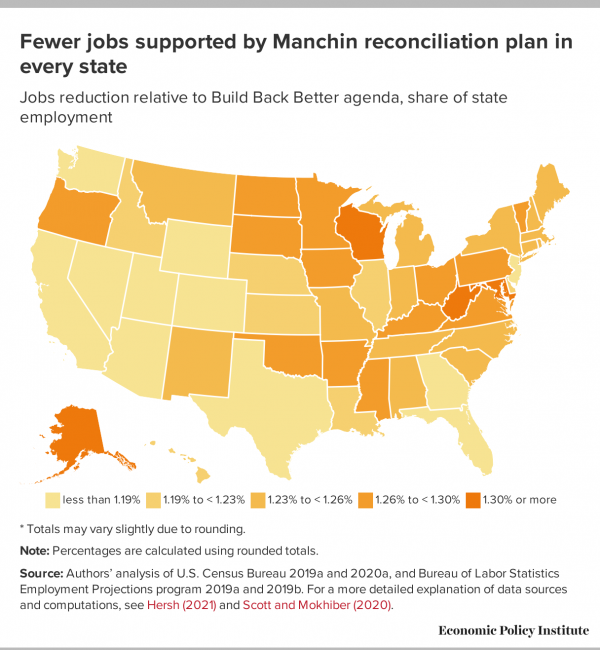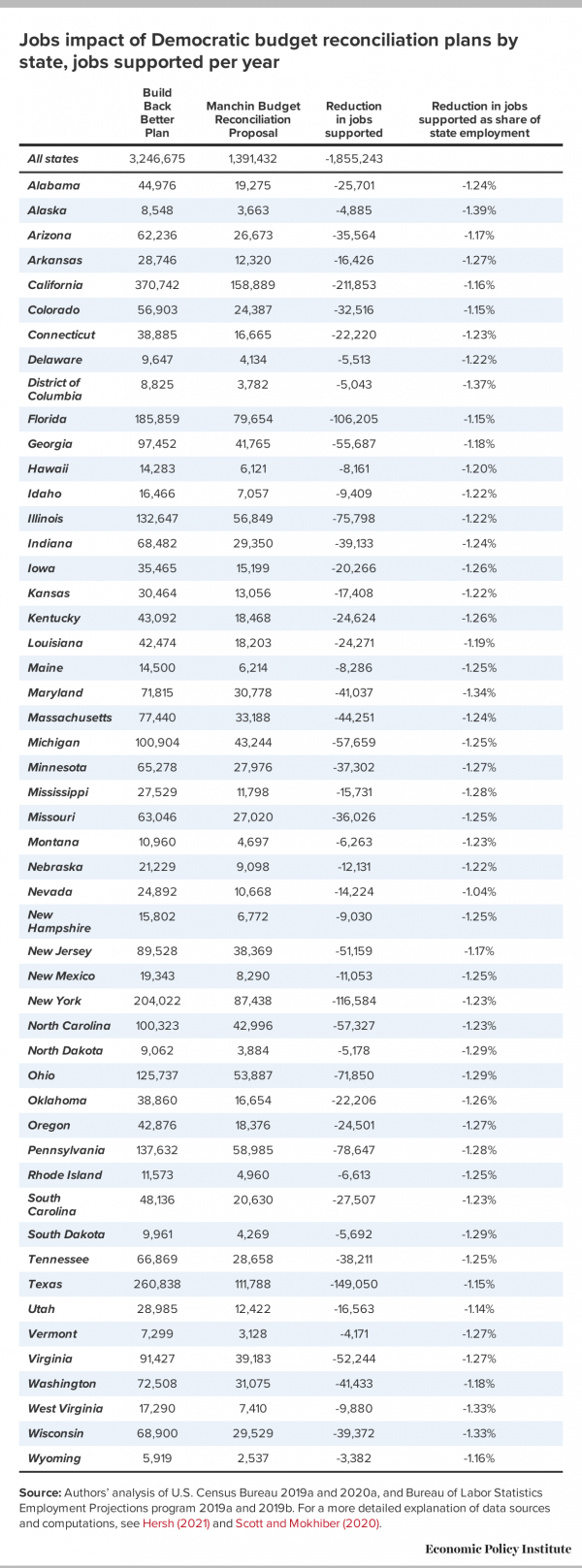https://www.washingtonpost.com/business/2021/10/22/states-labor-quitting-turnvoer-jolts/?utm_source=feedly&utm_medium=referral&utm_campaign=wp_business
October 22, 2021|Updated October 22, 2021 at 3:51 p.m. EDT
Kentucky, Idaho, South Dakota and Iowa reported the highest increases in the rates of workers who quit their jobs in August, according to a new glimpse of quit rates in the labor market released Friday.
The largest increase in the number of quitters happened in Georgia, with 35,000 more people leaving their jobs. Overall, the states with the highest rates of workers quitting their jobs were Georgia, Kentucky and Idaho.
The report from the Bureau of Labor Statistics builds out a portrait of August's labor market, with historic levels of people leaving jobs and a near-record number of job openings showing the leverage workers have in the new economy. It offers the first detailed insight into the state-by-state geography of this year's Great Resignation.
"It is a sign of health that there are many companies that are looking for work — that's a great sign," said Ben Ayers, senior economist at Nationwide. "The downside is there are many workers that won't come back in. And long term you can't sustain a labor market that's as tight as it is right now."
Nick Bunker, an economist at the online jobs platform Indeed, said it was notable that more-rural states had the highest quit rates.
"Service-sector jobs tend to be concentrated in more dense, urban parts of the country, so to see the quits rate pick up in other places was interesting," he said. That "may be a sign there's more competition in those parts of the country than other parts."
A record number of people are quitting their jobs. Here's what's driving the 'Great Resignation.'
4.3 million people left their jobs in August. National video reporter Hannah Jewell explains why so many people are calling it quits. (Casey Silvestri/The Washington Post)
As the Delta wave grew in August, the states with the most new infections also saw hotter job markets than the country as a whole. Employees quit or were hired at rates matching or exceeding the national average in the ten states with the highest rates of new infections that month: Alabama, Arkansas, Florida, Georgia, Kentucky, Louisiana, Mississippi, Oklahoma, South Carolina and Tennessee.
The data comes on top of another government snapshot showing that 4.3 million people quit jobs in August — about 2.9 percent of the workforce, a pandemic-era record.
The phenomenon is being driven in part by workers who are less willing to endure inconvenient hours and poor compensation, and are quitting to find better opportunities. There were 10.4 million job openings in the country at the end of August — down slightly from July's record high, which was adjusted up to 11.1 million, but still a tremendously high number. This gives workers enormous leverage as they look for a better fit.
Yes, the office is back. It just might never be the same.
Mary Kaylor is part of that groundswell.
She left her job in early July after her employer began calling workers back to the office, saying they'd have to be at their desks at least four days a week.
But her old commute — 90 minutes each way, or worse with traffic, from where she lives north of Baltimore to her office in Alexandria, Va. — was no longer acceptable to her.
"It was affecting my health, and I couldn't get my work done," she said. "I decided, 'Why am I doing this?'"
So Kaylor resigned, even though she did not have another job lined up. It didn't take long for her to land on her feet, however.
Just a few weeks after she quit, a recruiter reached out to her on LinkedIn about a position at Robert Half, a San Ramon, Calif.-based consulting company. The job allowed her to work remotely, and she said she felt that the company had a very employee-centric culture that made the switch easy from afar. She started the new position in August.
"Everything that I had read about the jobs market being hot and opportunities being out there was absolutely 100 percent correct," she said.
Now she says she has a job she likes, but with more balance at home and time to take care of herself with no commute.
"I've been able to get back to a regular workout and exercise routine — time to run in the morning and do yoga," she said. "All the time I used to spend sitting on the Beltway I can spend outside, so I'm excited about that."
Ramon Soto, 28, took advantage of the hot jobs market to look for a new position over the summer. He had been working in person at a law firm and said he got tired of the commute and constant negotiation about sick time amid persistent covid-19 risks.
By the end of August, he had dueling job offers — one at a company in Texas and another as an intake specialist at another law firm, near his home in Long Branch, N.J., that would allow him to work remotely.
He started the intake specialist job the next month, and it came with a raise to boot.
"Working from home removes a lot of the stress of regular day-to-day office work," Soto said. "You prioritize what the most essential part of your job is and get stuff done quicker so you can take full advantage of your day."
He said it was clear to him looking through job listings online that he had a lot of options to work remotely, as companies have increasingly begun offering the option to attract talent and widen applicant pools.He said that he felt he had some leverage in his job search but that the process was still extremely competitive — he interviewed three to four times at each of the companies that eventually made offers and had applied to many others.
"I knew I had an advantage," he said. "People are realizing their worth. Many of the jobs you look at now, especially in Jersey — people can't afford the cost of living working 40 hours. So you have people working two jobs, possibly three. But the pandemic actually flipped the coin, and employees have more power when it comes it to their pay now."
Chris Blanton, 34, who does clinical-trial work for companies that work with pharmaceutical firms, said he was bombarded with messages from recruiters on LinkedIn over the summer.
He finally started responding to them in early August, to see if there were better opportunities out there.
Within six weeks, he had a job offer from another company, one that would allow him to continue working remotely from his home in Orlando. It came with a raise and a substantial hiring bonus — the first bonus he had ever received, he said. Another company was interested in him, too, but was operating on a longer time frame.
So he quit the position he had and started the new job in late September.
"Usually I will ignore them all," he said of recruiters. "But I figured it was a time to see what's out there. That's when I found out there are other jobs that might be a better fit for me."
A previous version of this article incorrectly referred to a San Ramon, Calif., consulting company as Robert Hath. It is Robert Half. This version has been corrected.
-- via my feedly newsfeed


